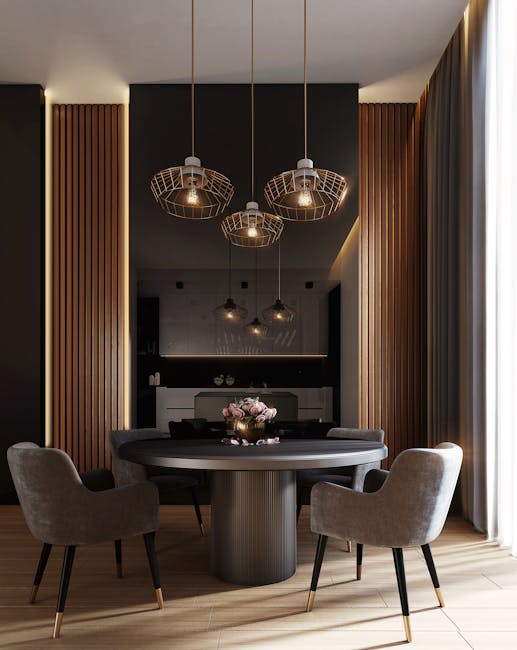Unlocking the Art of the Smoothly Sophisticated Crossword: Tips, Techniques, and Triumphs
The crossword puzzle, a seemingly simple grid of squares, holds within it a world of linguistic complexity, strategic thinking, and intellectual satisfaction. While many enjoy the casual challenge of simpler puzzles, a truly smoothly sophisticated crossword represents a different level of engagement – one demanding both breadth of vocabulary and nimble problem-solving skills. This article delves into the nuances of crafting and conquering these intellectually stimulating puzzles, offering insights for both solvers and constructors alike.
Understanding the Essence of Sophistication in Crosswords
What distinguishes a smoothly sophisticated crossword from its simpler counterparts? It’s not just about difficulty; it’s about elegance. A sophisticated crossword seamlessly blends challenging clues with satisfying reveals. The clues themselves are often more nuanced, relying on wordplay, puns, and literary allusions rather than straightforward definitions. The fill is smooth, meaning that the words used fit naturally within the grid without resorting to obscure or overly technical terms. The overall experience should be intellectually stimulating but not frustratingly opaque.
Characteristics of a Smoothly Sophisticated Crossword:
- Challenging but Fair Clues: Clues should require thought and deduction, but they should always be solvable with careful consideration and a reasonable level of knowledge.
- Elegant Wordplay: The use of puns, anagrams, cryptic clues, and other wordplay techniques adds a layer of sophistication and ingenuity.
- Smooth Fill: The words in the grid should flow naturally, avoiding awkward letter combinations or overly obscure entries. This often requires significant skill from the constructor.
- Thematic Coherence (Optional): Some sophisticated crosswords incorporate a unifying theme that subtly links the clues and answers, adding another layer of intellectual engagement.
- Variety in Clue Types: A mix of clue types keeps the solving experience dynamic and prevents monotony.
Techniques for Solving Smoothly Sophisticated Crosswords
Tackling a smoothly sophisticated crossword requires a strategic approach. Here are some key techniques to enhance your success:
1. Start with the Easy Clues:
Don’t get bogged down in the tougher clues immediately. Begin by identifying and solving the clues that are more straightforward. These will provide you with a foothold and initial letters to work with.
2. Utilize Cross-References:
Pay close attention to the intersecting letters. The letters you’ve already filled in can often unlock the answers to other, more challenging clues. This interconnectivity is crucial in sophisticated puzzles.
3. Employ a Variety of Solving Methods:
Consider employing different strategies depending on the clue type. For example, you might use anagram solving for clues hinting at rearranged letters, or look for hidden words or abbreviations in cryptic clues.

4. Consider Wordplay and Puns:
Sophisticated crosswords frequently employ wordplay. Be open to interpreting clues in a metaphorical or playful sense. Don’t just look for the literal definition.
5. Embrace Lateral Thinking:
Sometimes the answer lies outside the obvious. Be willing to consider unusual or unexpected interpretations of the clues. Lateral thinking is often essential for overcoming the most challenging parts of the puzzle.

6. Utilize Reference Materials (Sparingly):
If you truly get stuck, consider using a dictionary or thesaurus, but only as a last resort. Overreliance on external aids can diminish the satisfaction of solving the puzzle independently.
The Art of Constructing Smoothly Sophisticated Crosswords
Creating a smoothly sophisticated crossword is an art form in itself, requiring both linguistic dexterity and an understanding of grid construction. Here are some key considerations for constructors:
1. Mastering Grid Design:
The grid’s structure significantly influences the puzzle’s overall solvability and elegance. Avoid creating isolated pockets of letters that are difficult to access. Strive for a balanced distribution of black squares that enables a smooth flow of answers.
2. Crafting Engaging Clues:
Clues are the heart of a crossword. Avoid overly simplistic or ambiguous clues. Strive for clues that are clever, challenging, and rewarding to solve. Vary clue types to keep the experience interesting.
3. Choosing Appropriate Vocabulary:
Select words that are both challenging and accessible. Avoid excessively obscure words or overly technical terms. Strive for a balance between familiar vocabulary and interesting new words that solvers might encounter.
4. Utilizing Wordplay Effectively:
Incorporate wordplay strategically to add depth and complexity to your clues. However, ensure that the wordplay is fair and doesn’t rely on esoteric knowledge or unreasonably difficult puns. Smoothly integrated wordplay enhances the solver’s experience.

5. Testing and Refinement:
Before releasing your crossword, thoroughly test it with other solvers. Gather feedback on the difficulty, clarity, and overall enjoyment of the puzzle. This iterative process is crucial for refining the puzzle and ensuring its quality.
The Enduring Appeal of the Smoothly Sophisticated Crossword
The smoothly sophisticated crossword offers a unique blend of challenge and satisfaction. It’s more than just a game; it’s a mental workout, a test of vocabulary, and a rewarding intellectual pursuit. Whether you’re a seasoned solver or a novice constructor, embracing the art of the smoothly sophisticated crossword opens a door to a world of linguistic exploration and creative problem-solving.
The ongoing appeal of these puzzles lies in their ability to combine rigorous mental stimulation with the deeply satisfying feeling of unraveling a complex, well-constructed puzzle. The journey from staring at a blank grid to the triumphant completion offers a unique and lasting sense of accomplishment.

